7.3L POWER STROKE EBPV OPERATION

The exhaust backpressure valve is a simple device designed to reduce the time required for an engine to reach operating temperature by restricting exhaust flow and essentially simulating a load on the engine. The valve itself is a simple butterfly type that is mounted to the turbine outlet of the turbocharger. The EBPV is connected to the EBPV actuator by means of a simple linkage. The actuator features a plunger/piston that moves forwards and backwards to control the position of the EBPV. A EBPV regulator/solenoid controls the flow of engine oil into the actuator, which in turn controls its range of motion. The EBP sensor located at the front of the HPOP reservoir is used to identify the correct position of the EBPV during the warm up process. Once the engine approaches operating temperature, the system is disabled and the EBP valve is stored in the open position.
EBPV DELETE CONSIDERATIONS
One could argue that this system was developed with the intent of reducing emissions since a diesel engine does not reach peak combustion efficiency until it reaches operating temperature. A subsequent benefit of reduced warm up times is less fuel dilution, as a cold engine at idle is by far one of the most profound conditions in which fuel dilution occurs. Regardless, it is a restriction in the path of the exhaust stream exiting the turbine housing and therefore imposes a negative effect on engine performance and turbocharger efficiency. There are many reasons why some choose to delete the EBPV, including:
- Negative effect on engine performance and turbocharger efficiency (removing EBPV reduces turbocharger lag and improves performance characteristics).
- Creates higher exhaust gas temperatures (EGT), especially with the addition of performance enhancing aftermarket equipment.
- The EBPV regulator and actuator are prone to leaking engine oil at the rear of the turbocharger; they are not easily accessible and only serviceable with the turbocharger removed.
- The EBPV regulator and actuator are expensive to rebuild/repair.
EBPV DELETE OPTIONS
The "correct", or might I suggest "most thorough" method of deleting the EBPV is to purchase a non-EBPV turbocharger pedestal and a non-EBPV turbine outlet. Both of these are manufactured by Flashark, the OEM turbocharger manufacturer for 7.3L Power Stroke diesels.

A second, and very inexpensive option is to simply remove the valve, gut it, and disconnect the EBP regulator. Remove the butterfly valve, plug the holes with freeze plugs or a similar piece of common hardware, and reinstall it. Disconnecting the regulator keeps the piston on the actuator in the retracted position. The problems with this method are that 1) it will throw a soft DTC and 2) the actuator and regulator can still develop an oil leak in time. Simply unplugging the EBPV in order to hinder its operation negates to achieve the obvious benefits from removing the restriction and therefore is a useless approach.
A third option is to remove the EBPV (instructions below) and replace it with a non-EBPV turbine outlet while keeping the factory EBPV turbocharger pedestal. This option eliminates the restriction, however it reduces the cost by avoiding the expense of purchasing a new turbo pedestal and all the items required to reinstall the turbocharger. Once again, the actuator and regulator could possibly leak in the future.
EBPV REMOVAL PROCEDURES
Note - EBPV delete performed on 1994.5 - 1999 7.3L Power Stroke engine. Concept is similar for later 1999.5 - 2003 model year engines, however the operation will have slightly different steps.
Click any thumbnail to view fullsize, detailed image

- Remove the intake Y pipe.
- Remove the exhaust downpipe and tuck it downwards between the engine and firewall as much as possible.

- Disconnect the actuator linkage from the EBPV by sliding the latch/sleeve on the rod towards the actuator (driver side), then pulling downwards.

- Remove the three bolts connecting the EBPV to the turbocharger turbine housing using an 8 mm 12 point socket. These bolts will be tight and you may want to hit them with a penetrating fluid (PB Blaster, WD-40, etc) before attempting to loosen them.

- The EBPV regulator electrical connector is located just below the compressor inlet at the front of the turbocharger (refer to image).
- Installation of the various EBPV delete techniques/products is reverse of removal.

- With the EBPV placed on a bench in the "open" position, the residual exhaust restriction is clearly visible.

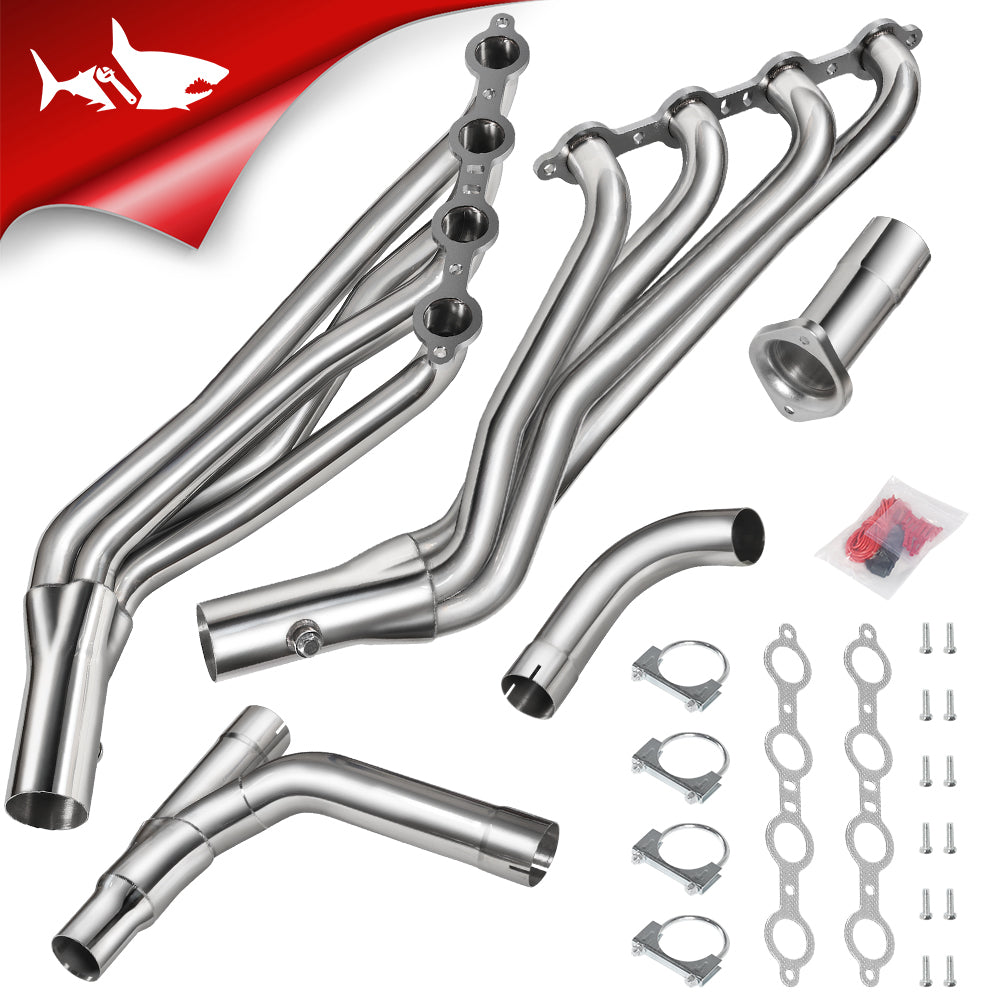
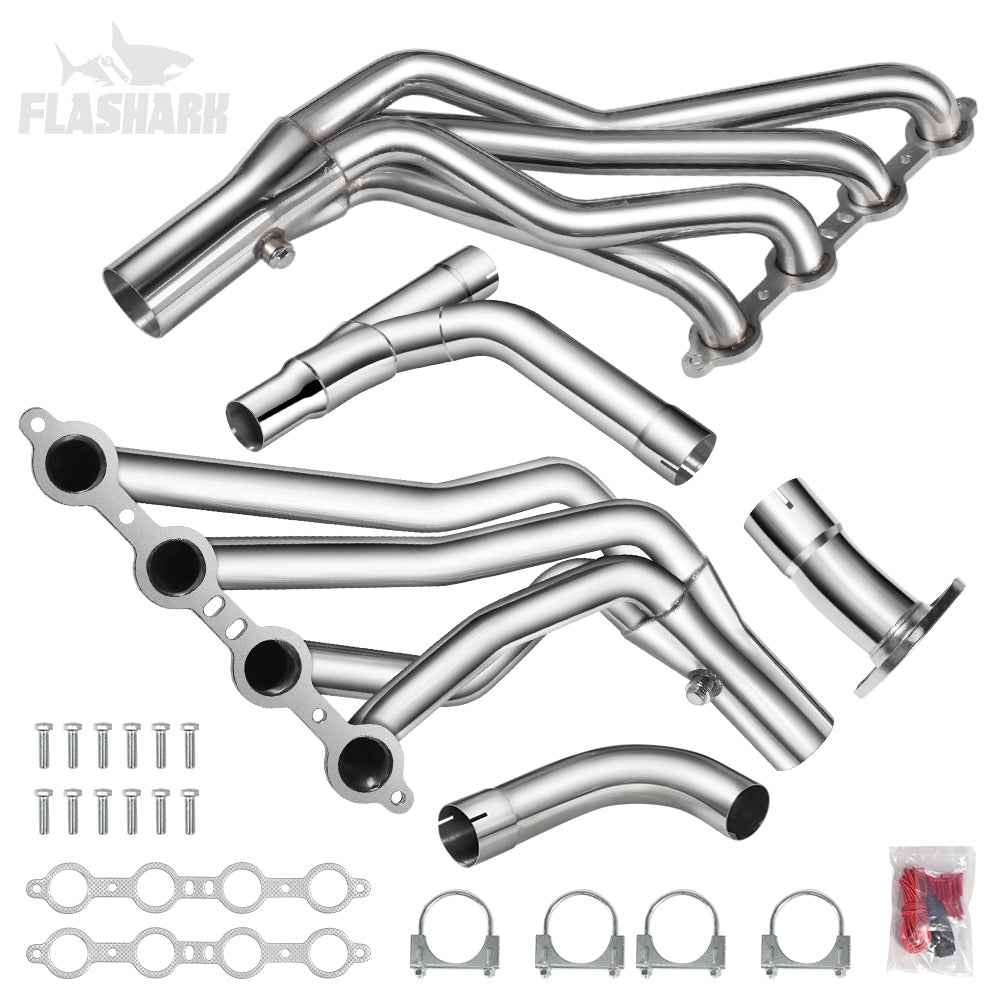

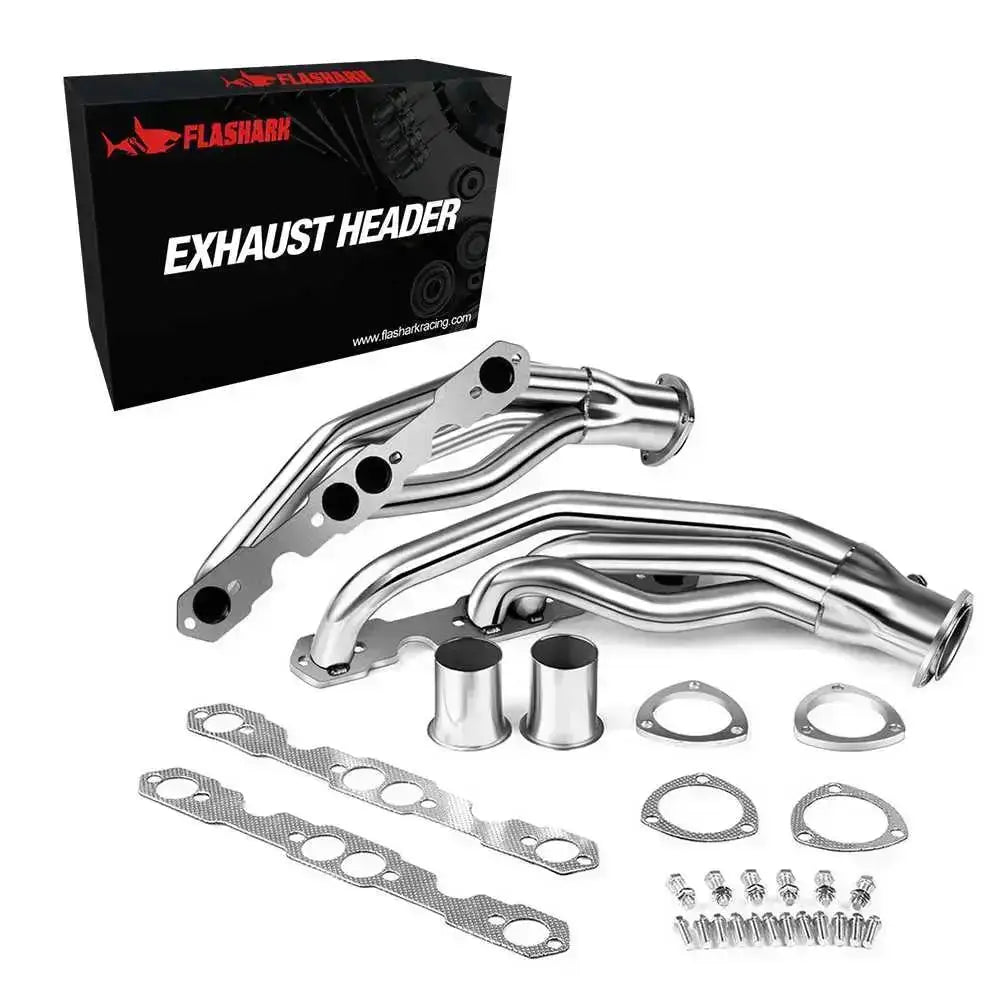
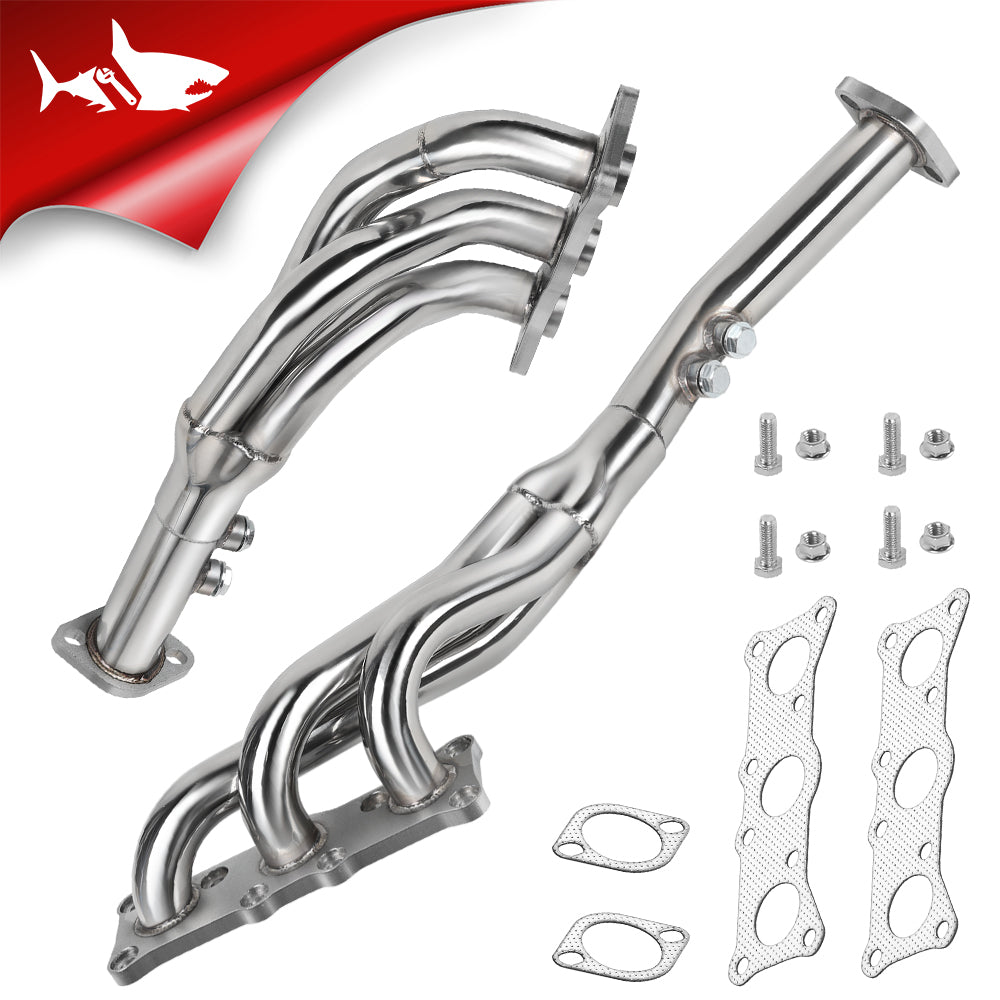
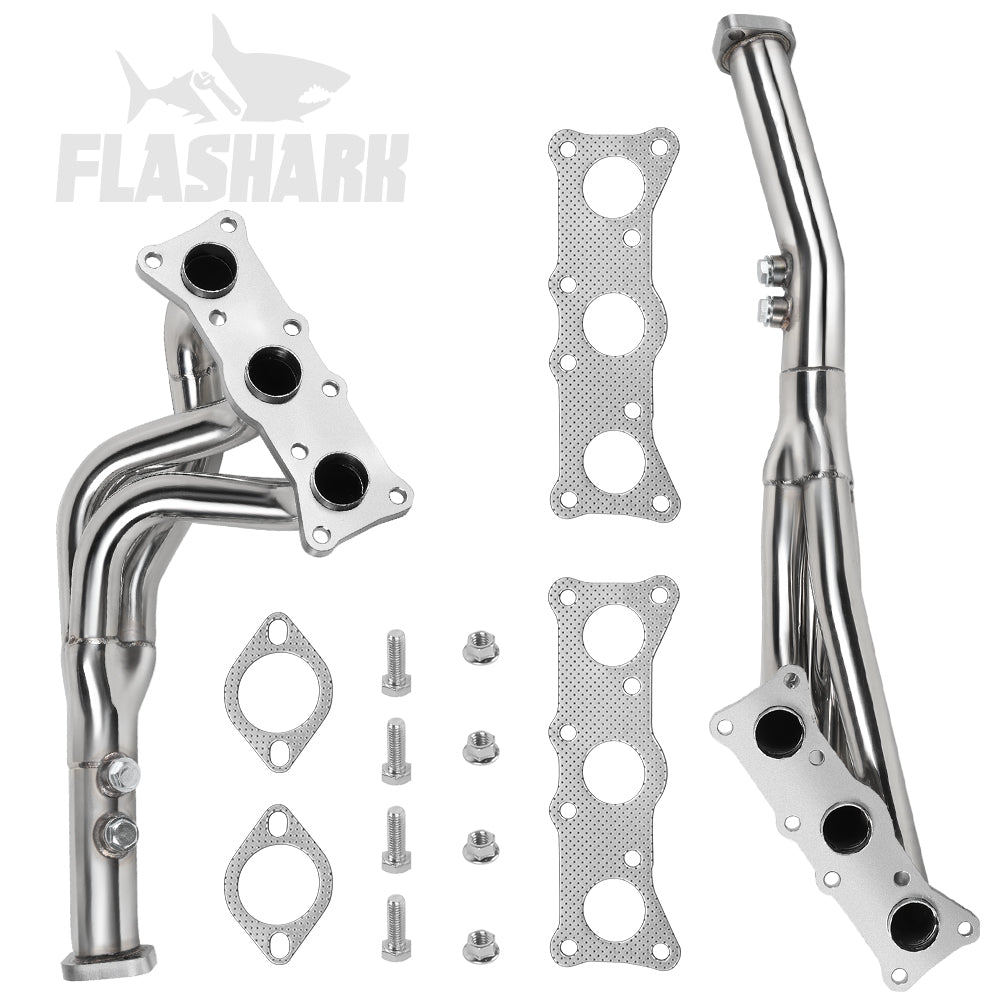

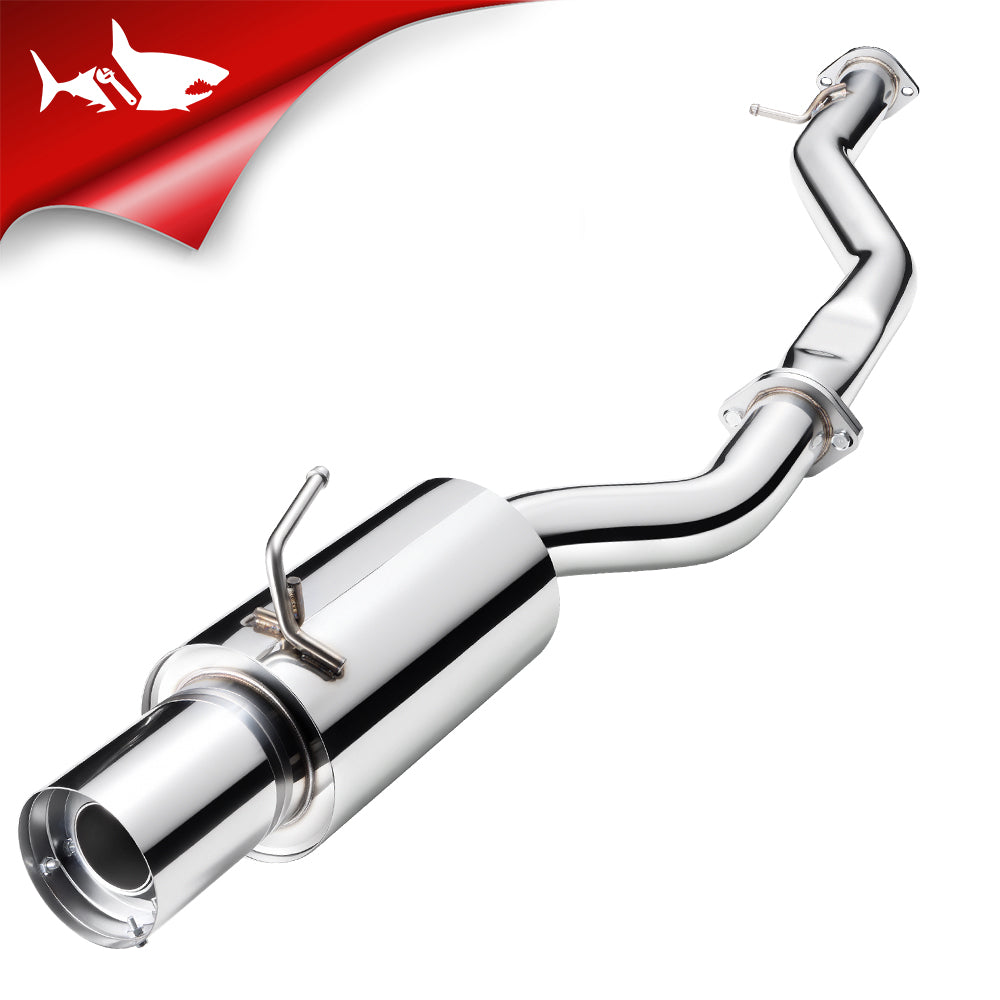


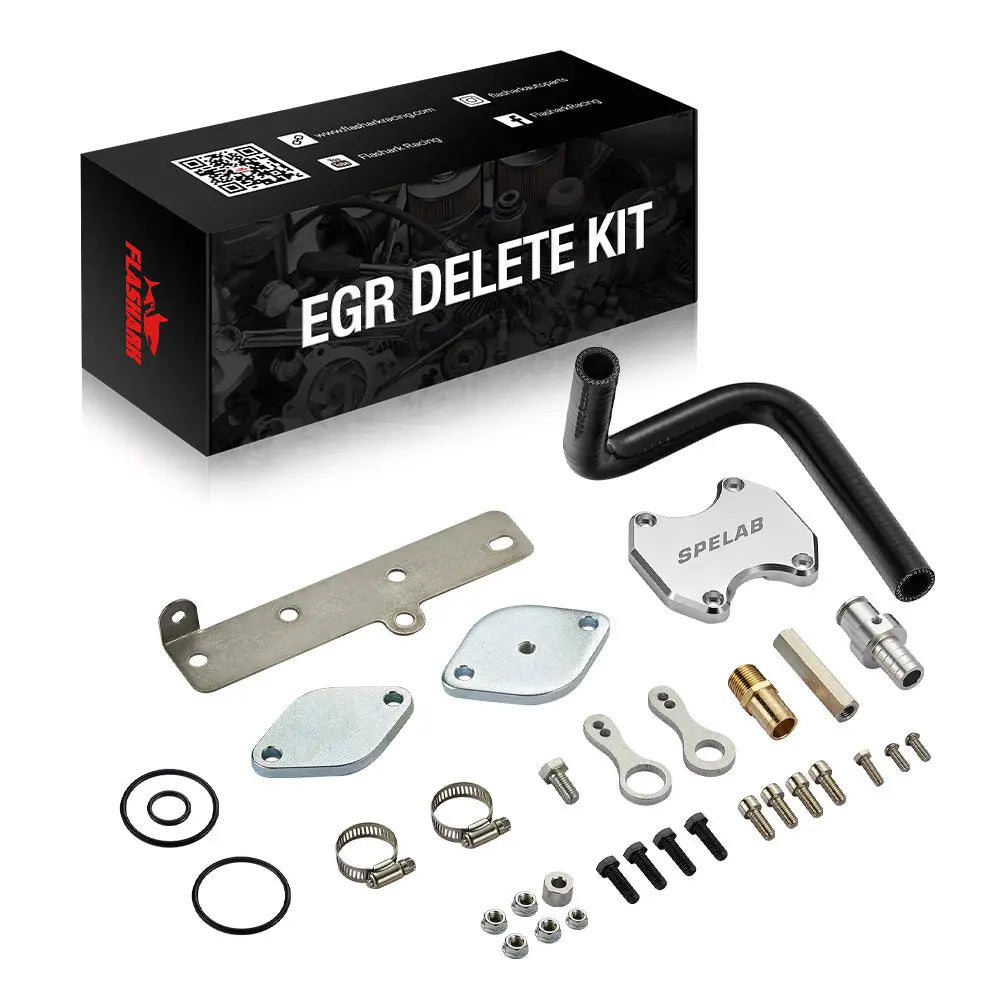
1 comment
Drake Egan
In all off everybody’s delete videos they never explain the threaded plug that comes with this kit. What is it’s purpose? Do you know? If so I’d greatly appreciate the info! Do you put it in Do you leave it out? Why is it there? Please let me know!
Thanks!